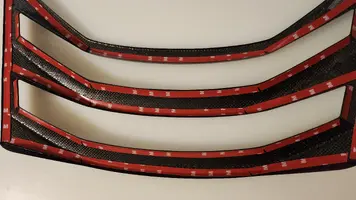All,
I have forged an amazing relationship with the guys at Jogon ( jogon carbon (https://www.jogoncarbon.com/) ) they are the best on the market for CF aftermarket accessories.
So much so that I have the capability to buy from them at a significant discount , and relay those savings to everyone here that may be interested.
It would be in the form of group buys … so minimum purchase of 5 per item … with discounts getting better with volume.
Would anyone be interested in exploring further? I can promise you won’t find Jogon Carbon for a better deal, anywhere.
We could pick a few items , and go from there of course with pricing up front.
Thoughts?
I have forged an amazing relationship with the guys at Jogon ( jogon carbon (https://www.jogoncarbon.com/) ) they are the best on the market for CF aftermarket accessories.
So much so that I have the capability to buy from them at a significant discount , and relay those savings to everyone here that may be interested.
It would be in the form of group buys … so minimum purchase of 5 per item … with discounts getting better with volume.
Would anyone be interested in exploring further? I can promise you won’t find Jogon Carbon for a better deal, anywhere.
We could pick a few items , and go from there of course with pricing up front.
Thoughts?

